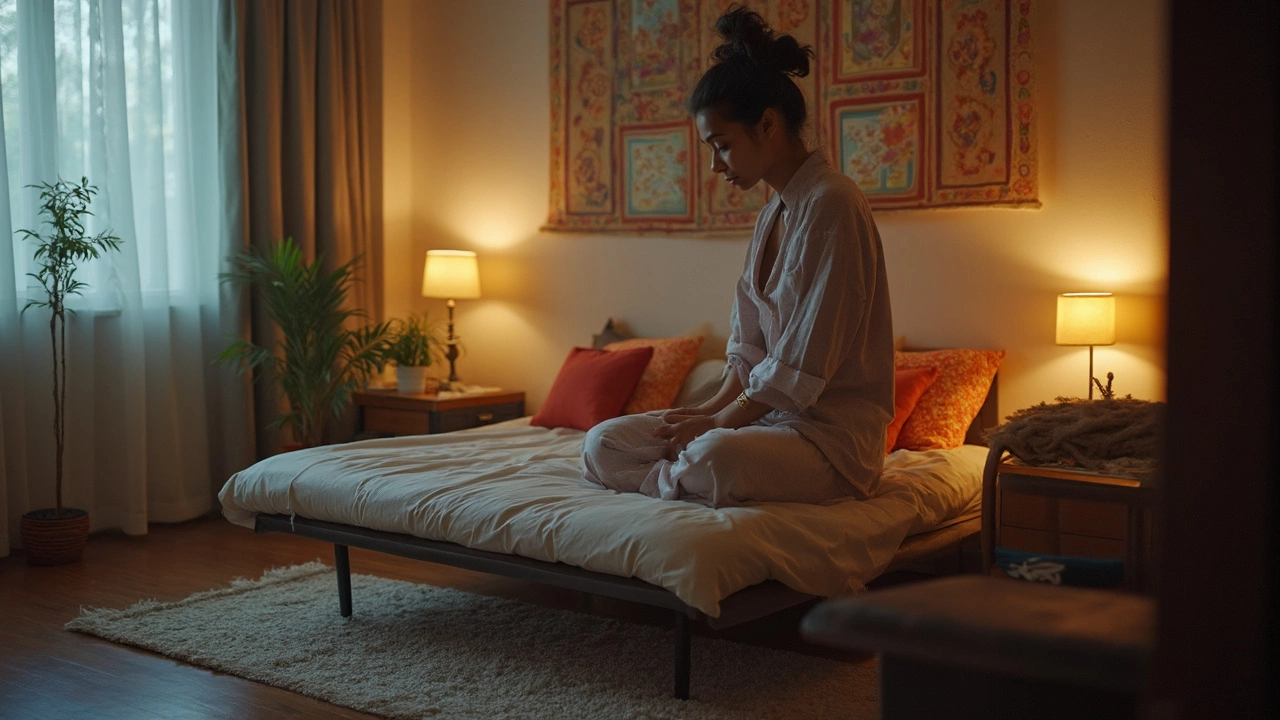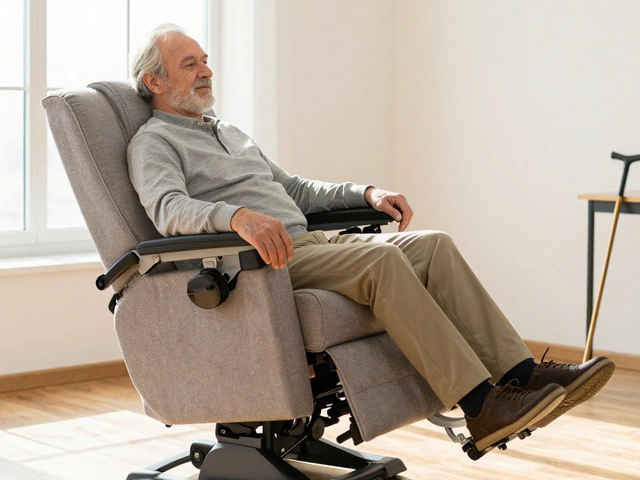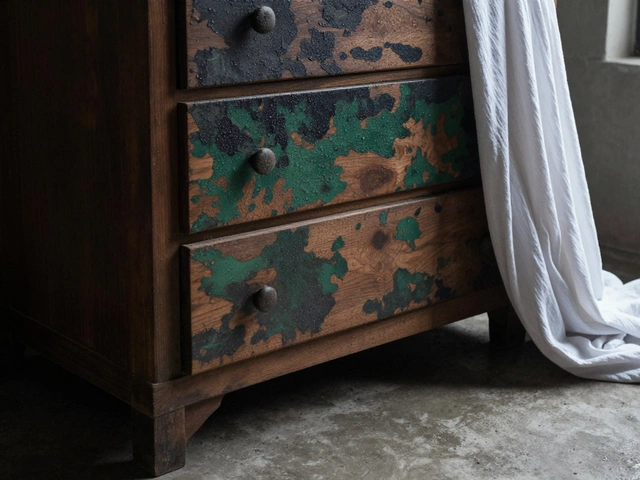Mattress Basics: How to Pick, Care for, and Style Your Bed
When it comes to a good night’s sleep, the mattress is the star of the show. It’s not just a piece of foam or springs – it’s the foundation of comfort in your bedroom. In this guide we’ll break down the most practical steps for choosing the right mattress, keeping it fresh, and making it fit the look of your home.
How to Pick the Right Mattress
First, think about size. A twin works for a kid’s room, a queen is the sweet spot for most couples, and a king gives extra room for sleepers who like to sprawl. Measure the space by the floor, not the wall, so you know the mattress will actually fit.
Next, decide on the feel you like. Firm mattresses support the spine, while softer ones hug the body. Try out at least three models in a store – lie on each for a minute in your usual sleeping position. If you wake up with pressure points, that’s a red flag.Material matters too. Innerspring offers bounce and breathability, memory foam molds to your shape, and hybrid blends both. If you tend to get hot at night, look for a breathable cover or a gel‑infused foam. For allergy sufferers, choose hypoallergenic fabrics and dust‑mite‑resistant covers.
Budget is a real factor. You don’t need a $10,000 luxury mattress to sleep well. Mid‑range options (around $800‑$1,200) deliver solid comfort and durability. Check for a trial period – many brands let you test the mattress for 100 nights and return it if it’s not right.
Keeping Your Mattress Fresh
Once you’ve found the perfect mattress, protect it. A mattress protector shields against spills, stains, and dust mites. Look for a breathable, waterproof cover that slips on easily and can be tossed in the washing machine.
Rotate the mattress every three months. Turning the head and foot end swaps the wear and helps maintain even support. If your mattress is double‑sided, flip it over too.
Air it out regularly. Open your windows for 15‑20 minutes once a week to let fresh air circulate. This reduces moisture buildup, which can lead to mold or odors.
Vacuum the surface lightly every few weeks. Use the upholstery attachment to pull up dust and pet hair without damaging the fabric.
Finally, keep the bedroom cool and dry. A room temperature of about 68‑72°F (20‑22°C) and low humidity extend the life of foam and springs alike.
Styling your mattress is easier than you think. Choose a neutral or soothing color for the protector and add a few decorative pillows that match your sofa or rug. This creates visual flow between living and sleeping spaces, a tip we often share for whole‑home design.
Whether you’re buying your first mattress or upgrading an old one, the key steps are simple: know your size, test the feel, pick the right material, protect it, and keep it clean. Follow these tips and you’ll enjoy better sleep without breaking the bank.
Can You Sit on a Sofa Bed Without a Mattress? Comfort, Safety, and Practical Tips
Wondering if you can use a sofa bed without its mattress? Find out the comfort, safety, and practicalities of sitting and using a sofa bed mattress-free, with tips and insights you’ll want to know.
Can You Sleep on a Sofa Bed Permanently? The Real Deal
Thinking about trading your regular bed for a sofa bed? This article digs into whether a sofa bed can really work as your main bed, covers comfort, health effects, and upgrades to boost your sleep. If you're stuck with a small space or expect long-term guests, you'll find out how sofa beds stack up and what to watch out for. Plus, you'll get tips that actually make sleeping on a sofa bed less of a chore. It's straight talk—no sugarcoating.






